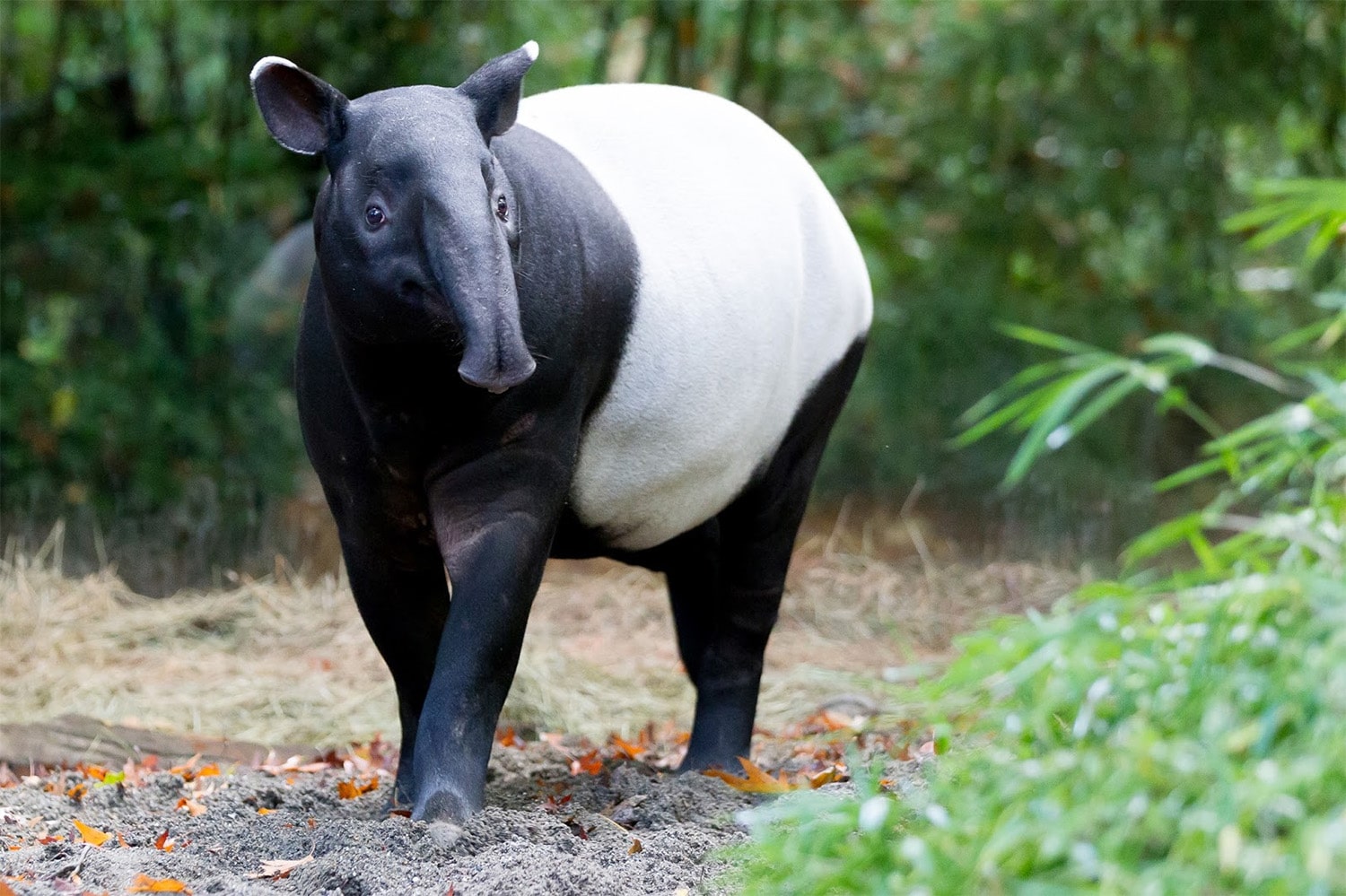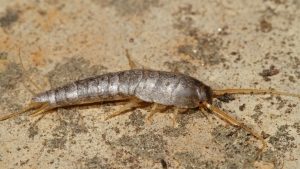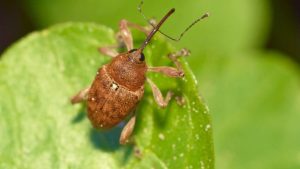
37 interesting facts about tapirs
- 👁️ 1576
Tapirs are one of the most unique and intriguing creatures roaming our planet’s forests today. With their prehistoric lineage, distinctive snouts, and somewhat elusive nature, tapirs are a living link to the earth’s distant past. These large, herbivorous mammals inhabit the jungles and forests of Central and South America and Southeast Asia, playing crucial roles in their ecosystems. Despite their size and seemingly awkward appearance, tapirs are excellent swimmers and can maneuver through their habitats with surprising grace. Here are 37 interesting and informative facts about tapirs that highlight their fascinating characteristics, ecological importance, and the challenges they face.
- Tapirs belong to the family Tapiridae, which is part of the order Perissodactyla, also including horses and rhinos.
- There are four recognized species of tapir: the Brazilian Tapir, the Malayan Tapir, Baird’s Tapir, and the Mountain Tapir.
- Tapirs have been around for nearly 50 million years, making them some of the most ancient large mammals.
- Their closest living relatives are horses and rhinoceroses.
- Tapirs have a distinctive prehensile snout, which functions much like a small trunk and is used to grab leaves and branches.
- Despite their bulky appearance, tapirs are excellent swimmers and often inhabit areas near water bodies.
- The Malayan Tapir is the largest species, with some individuals weighing over 700 kg (1,543 lbs).
- Tapirs are primarily nocturnal and spend much of the day hidden in thick vegetation.
- Their gestation period is about 13 months, one of the longest for land mammals.
- Newborn tapirs have striped-and-spotted coats for camouflage, which they lose as they grow older.
- Tapirs play a critical role in their ecosystems as seed dispersers, helping to maintain forest diversity.
- Their diet mainly consists of leaves, twigs, fruits, and aquatic vegetation.
- Tapirs have a lifespan of up to 30 years in the wild and longer in captivity.
- They are generally solitary animals, coming together only to mate.
- The IUCN Red List classifies all four tapir species as Vulnerable or Endangered due to habitat loss and poaching.
- The Malayan Tapir is the only tapir species found in Asia, while the others are native to the Americas.
- Their thick skin provides protection from predators and vegetation but makes them susceptible to overheating.
- Tapirs mark their territory using scent glands located on their backs, feet, and near the base of their tails.
- Despite their size, tapirs are difficult to spot in the wild because of their shy nature and camouflage.
- The tapir’s snout has sensory bristles that help it to feel its way through dark forests at night.
- Ancient cultures revered tapirs, depicting them in art and mythology.
- The Mountain Tapir is the smallest and most endangered of all tapir species.
- Tapirs have few natural predators, with jaguars and tigers being the primary threats.
- They have not changed significantly over millions of years, earning them the title of “living fossils.”
- Tapirs can communicate using a variety of sounds, from whistles to squeaks.
- Their footprints are unique, with four toes on the front feet and three on the back feet.
- Deforestation for agriculture and development is the biggest threat to their habitats.
- Tapirs have been known to consume over 100 different types of plants.
- Baby tapirs are fully weaned at about six months of age.
- The Malayan Tapir’s distinct black and white coloring is thought to help camouflage it in the moonlight.
- Tapirs often use the same paths through the forest, which can become deeply worn over time.
- They are known to take mud baths, which helps to cool them down and protect against insects.
- The word “tapir” is of Tupi-Guarani origin, meaning “thick,” a reference to their skin.
- Tapirs have a slow reproduction rate, which makes their populations vulnerable.
- The first scientific description of a tapir was by Carl Linnaeus in 1758.
- Tapirs have been observed using their snouts to snorkel while swimming.
- Conservation efforts for tapirs include habitat protection, anti-poaching measures, and breeding programs in zoos.
Tapirs, with their ancient lineage and ecological importance, are fascinating yet often overlooked creatures. Their continued existence is crucial for the health of their forest habitats, yet they face increasing threats from human activity. The preservation of tapirs and their natural environments is vital, not only for their survival but for the biodiversity of our planet. As efforts to protect these unique animals continue, it is hoped that future generations will still have the opportunity to witness the wonder of tapirs in the wild.











